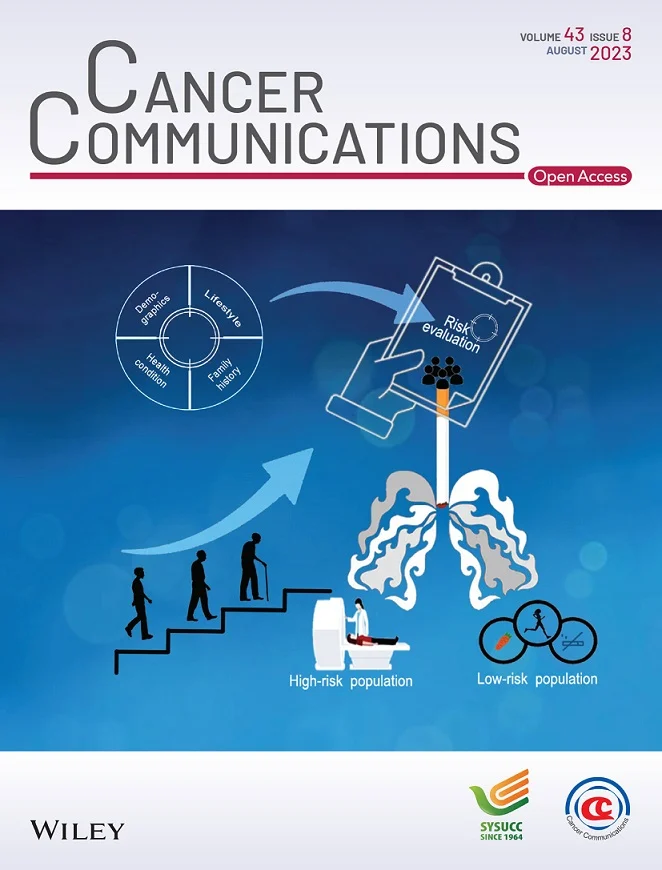A phase II basket trial of dual anti-CTLA-4 and anti-PD-1 blockade in rare tumors (DART) SWOG S1609: durable responses and delayed pseudoprogression in small cell carcinoma of the ovary, hypercalcemic type cohort
Abstract
Background
The combined use of anti-programmed cell death protein 1 (PD-1)/anti-cytotoxic T-lymphocyte associated protein 4 (CTLA-4) checkpoint inhibitors has been effective in various cancer types. The Southwest Oncology Group (SWOG) Dual Anti-CTLA-4 and Anti-PD-1 Blockade in Rare Tumors (DART) S1609 study investigated ipilimumab and nivolumab in ultra-rare cancers, including small cell carcinoma of the ovary, hypercalcemic type (SCCOHT). The purpose of the study was to evaluate the potential clinical benefit of ipilimumab and nivolumab in patients with SCCOHT.
Methods
DART was a prospective, open-labeled, multicenter (>1,000 US sites), multi-cohort phase II clinical trial of intravenous administration of ipilimumab (1 mg/kg, every 6 weeks) plus nivolumab (240 mg, every 2 weeks). The primary endpoint was overall response rate [ORR, confirmed complete response (CR) and partial response (PR)] per RECIST. Secondary endpoints included progression-free survival (PFS), overall survival (OS), clinical benefit rate (CBR; overall response plus stable disease ≥6 months), and toxicity. Immune responses were also evaluated.
Results
Six patients (median age, 30.5 years; median, 2 prior therapies; no prior immunotherapy exposure) with advanced/metastatic SCCOHT were evaluable. ORR and CBR were both 16.7% (1/6) with one patient having a confirmed CR lasting 46.2+ months. However, another patient had a confirmed immune CR (iCR) with immune PFS (iPFS) of 53+ months [ORR/iORR, 33.3% (2/6)]. Notably, the latter patient had a progressing lesion at 24 weeks after initial response, but with renewed regression with ongoing therapy, suggesting delayed pseudo-progression. At 12-months, 3 patients remained alive. Median PFS was 1.4 months (range, 0.9 months-not reached); median OS was 14.2 months (2 months-not reached). No adverse events caused treatment discontinuation.
Conclusion
Two of 6 patients (33.3%) with SCCOHT achieved durable CR/iCR and long-term survival with ipilimumab plus nivolumab. Correlative studies to determine response and resistance markers are ongoing.


 求助内容:
求助内容: 应助结果提醒方式:
应助结果提醒方式:


